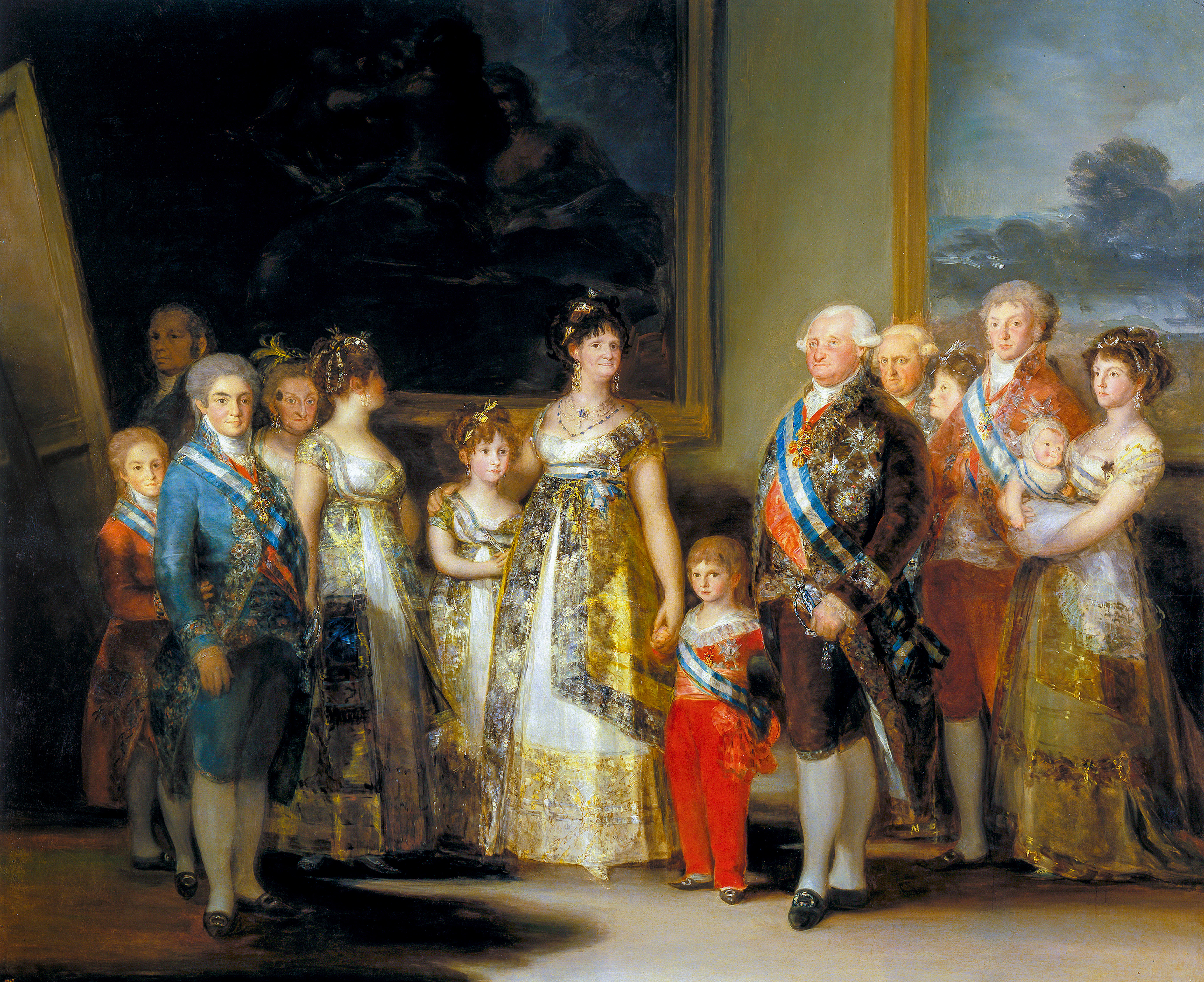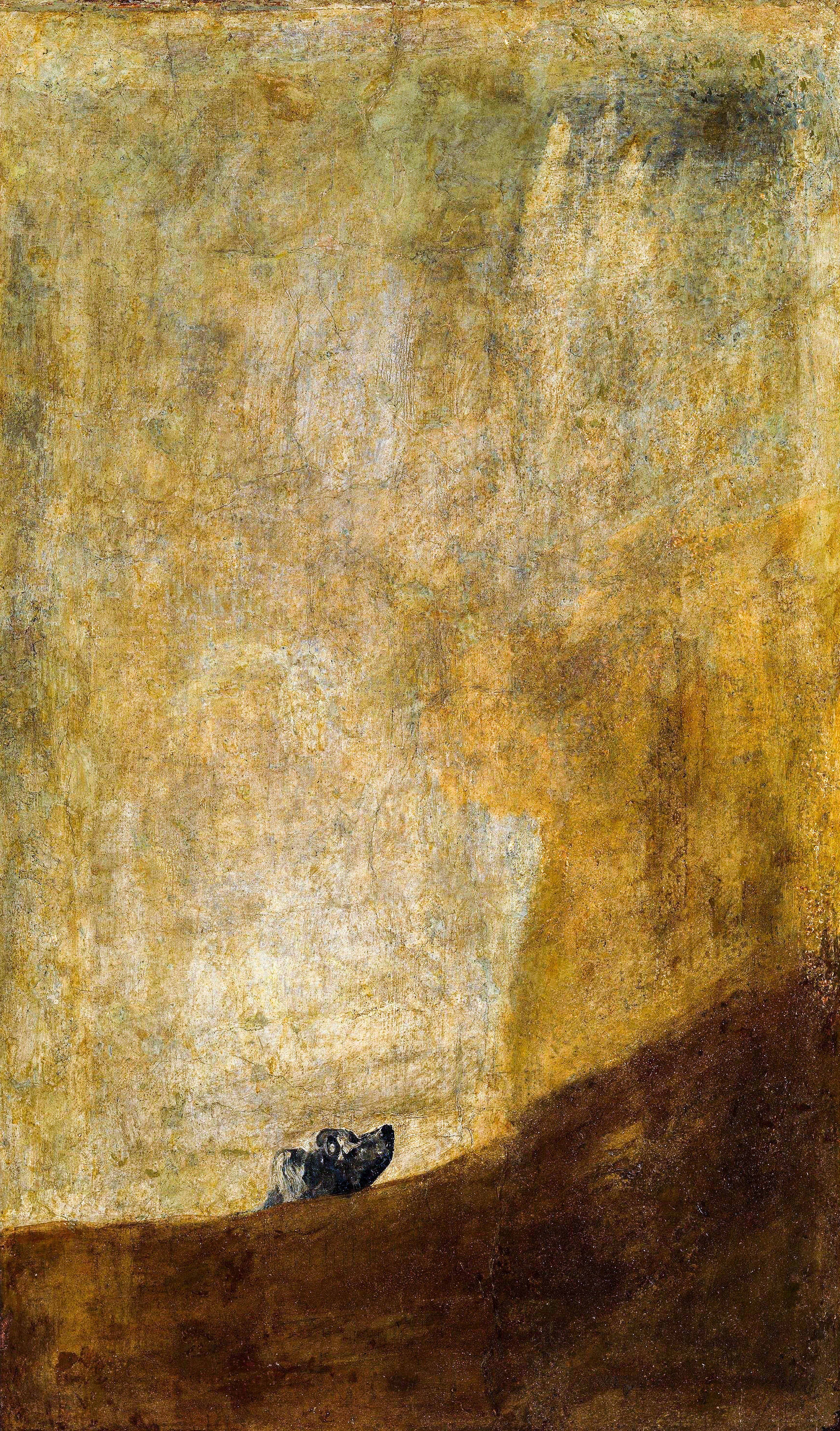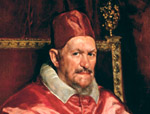My Favourite Painting: Tim Parker
Tim Parker, chairman of the National Trust, chooses a right royal rarity: Goya's painting of the Spanish king and his family depicted as normal people, rather than leaders and figureheads.


Tim Parker on Charles IV of Spain and His Family by Goya
Charles IV of Spain and His Family, 1800–01, 9ft 2in by 11ft, by Francisco Goya (1746–1828), Prado, Madrid, Spain
As audiences, we are accustomed to seeing paintings of royals looking like the pinnacle of cherubic perfection, with flawless skin and angelic features. Even today, every pore is airbrushed and every blemish picked apart.
So how refreshing it is to come face to face with a bold and realistic depiction of a royal family as simply a family, with all their flaws on display. As Renoir famously noted, Goya made the family of Charles IV ‘look like a butcher’s family in their Sunday best’.
Tim Parker is chairman of the National Trust
John McEwen comments on Charles IV of Spain and His Family
This portrait was begun soon after Goya had been appointed court painter to Charles IV (1748–1819). Goya echoes his predecessor Velázquez’s masterpiece of the genre, Las Meninas (also in the Prado), showing himself painting the picture with the canvas propped at the same angle, its back to the viewer; the royal family are similarly paying him the compliment of posing in his studio. The portrait was also modelled on Louis-Michel van Loo’s 1743 Portrait of Felipe V and His Family (Prado), another large grouping, but in a palatial setting.
As in the two earlier portraits, there is a touch of gentle informality, with Goya showing Charles IV’s wife, Queen Consort Maria Luisa of Parma (1751–1819), holding two of her children’s hands. Charles was a lazy king, who let his burly wife and the prime minister — Manuel Godoy, widely believed to be her lover — run the country while he went hunting.
The portrait ‘would be less disturbing if the face of the Queen did not rise above it like an owl’s head,’ wrote the writer/statesman André Malraux. The poet Theophile Gautier (1811–72) called it a ‘picture of the corner grocer who has just won the lottery’.
Exquisite houses, the beauty of Nature, and how to get the most from your life, straight to your inbox.
Malraux disputed the notion that Goya despised his royal patrons and so, more caustically, did the art historian Robert Hughes: ‘If anything it is an act of flattery. For instance, on the left, in the blue suit, is one of the most odious little toads in the entire history of Spanish politics, the future King Ferdinand VII [1784–1833], who Goya actually manages to make quite regal.’ Ferdinand (Fernando) deposed his father in 1808.

My Favourite Painting: Dame Helen Mirren
Dame Helen Mirren chooses her favourite painting for Country Life.

My favourite painting: Gerald Scarfe
Gerald Scarfe chooses his favourite painting for Country Life.

Stephen Fry’s favourite painting
Stephen Fry shares why he loves this famous Velázquez painting of Pope Innocent X
Country Life is unlike any other magazine: the only glossy weekly on the newsstand and the only magazine that has been guest-edited by His Majesty The King not once, but twice. It is a celebration of modern rural life and all its diverse joys and pleasures — that was first published in Queen Victoria's Diamond Jubilee year. Our eclectic mixture of witty and informative content — from the most up-to-date property news and commentary and a coveted glimpse inside some of the UK's best houses and gardens, to gardening, the arts and interior design, written by experts in their field — still cannot be found in print or online, anywhere else.
